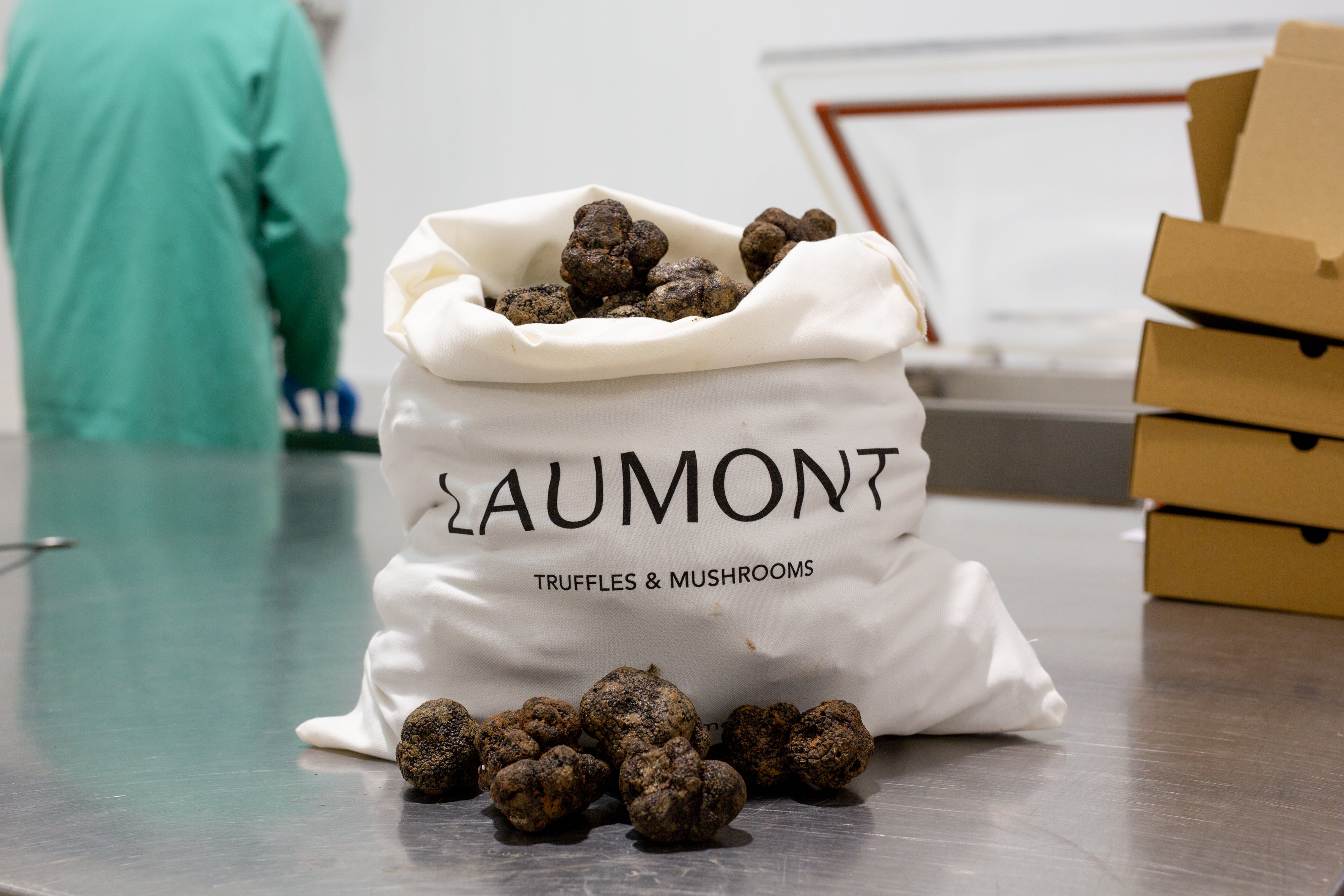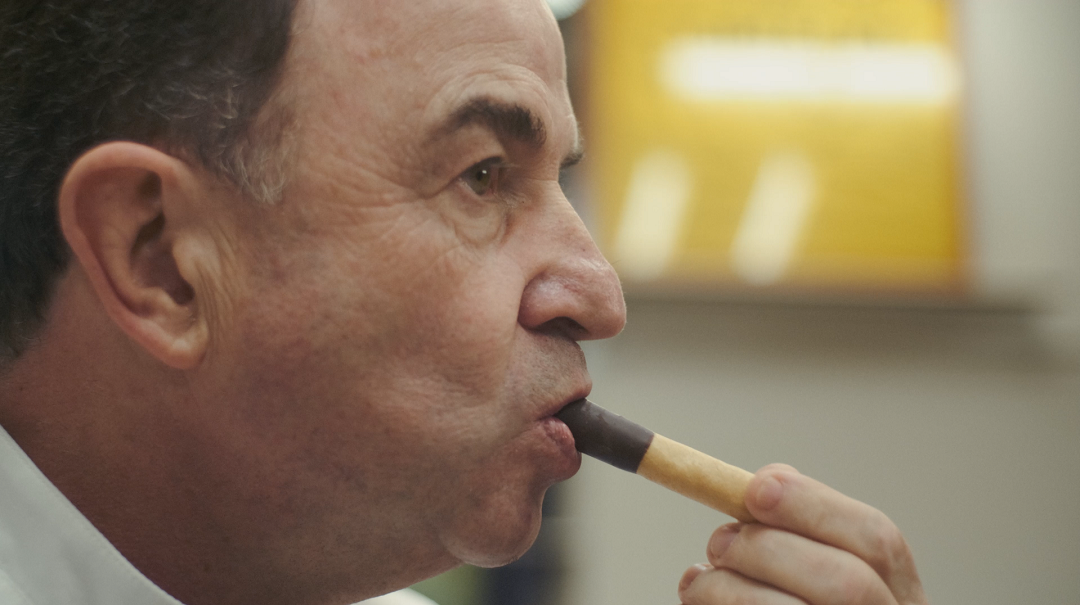During the last few years (especially this last season) we have seen the price of the summer truffle (Tuber Aestivum) rise to unusually high levels. The market has been confronted with a considerable increase in all references made with Tuber Aestivum that may be incomprehensible. At Laumont, we explain the reasons for this and the trend that will continue over the next few years.
Reasons for the price increase
There are many reasons behind the constant increase in the value of Tuber Aestivum that can help us to understand not only the reason for the rising cost, but also the general trend in the fresh truffle market.
Firstly, unlike the black truffle (Tuber Melanosporum), the summer truffle is not a truffle species for which efforts have been made for cultivation, so its production is based solely and exclusively on wild origin. This makes the seasons more unstable than those of the black truffle. In addition, intensive harvesting and bad practices of wild truffles in some countries, where legislation or monitoring is very irregular, cause the constant disappearance of the natural production of wild truffles.
Climate change, of course, does not help either: the very dry years throughout Europe mean that during harvesting seasons the volume is lower and, consequently, the price is higher. Without expectations of improvement in this regard, the trend in the supply of summer truffles in the coming years is likely to be negative.
On the other hand, the demand for Tuber Aestivum has been increasing in recent years. The attractive and competitive prices of the summer truffle compared to the black truffle have led many companies to use the Aestivum to obtain the denomination of truffled products, in many cases with great results: truffled cheeses, pre-cooked dishes with truffle, sausages with truffle and many other applications that can be found in specialised shops or large supermarkets.
In summary, the low production in recent years due to the new climatic conditions and bad practices in the harvesting of wild truffles, together with the increase in demand in recent years, has caused the cost of this product to almost double.
Trends and future of the fresh truffle market
The forecast of summer truffle production for the coming years is not very encouraging. In the short term, for the above reasons, the trend is for prices to continue to rise. In the long run, there are some factors that can cause summer truffle to return to the prices we were historically used to: the discovery of new harvesting areas or the implementation of Tuber Aestivum cultivation.
The positive note in the fresh truffle sector is the black truffle (Tuber Melanosporum), which follows the opposite path to the summer truffle. The growing professionalisation of this truffle in our country has been a great success, making Spain the world's leading producer of black truffles. Artificial irrigation means that production is practically guaranteed, achieving a price stability that summer truffles do not have.
It is expected that customers with higher value-added products will gradually use Tuber Melanosporum as the main ingredient and will gradually move away from Tuber Aestivum, precisely because of the decreasing price difference between the two truffle species.



